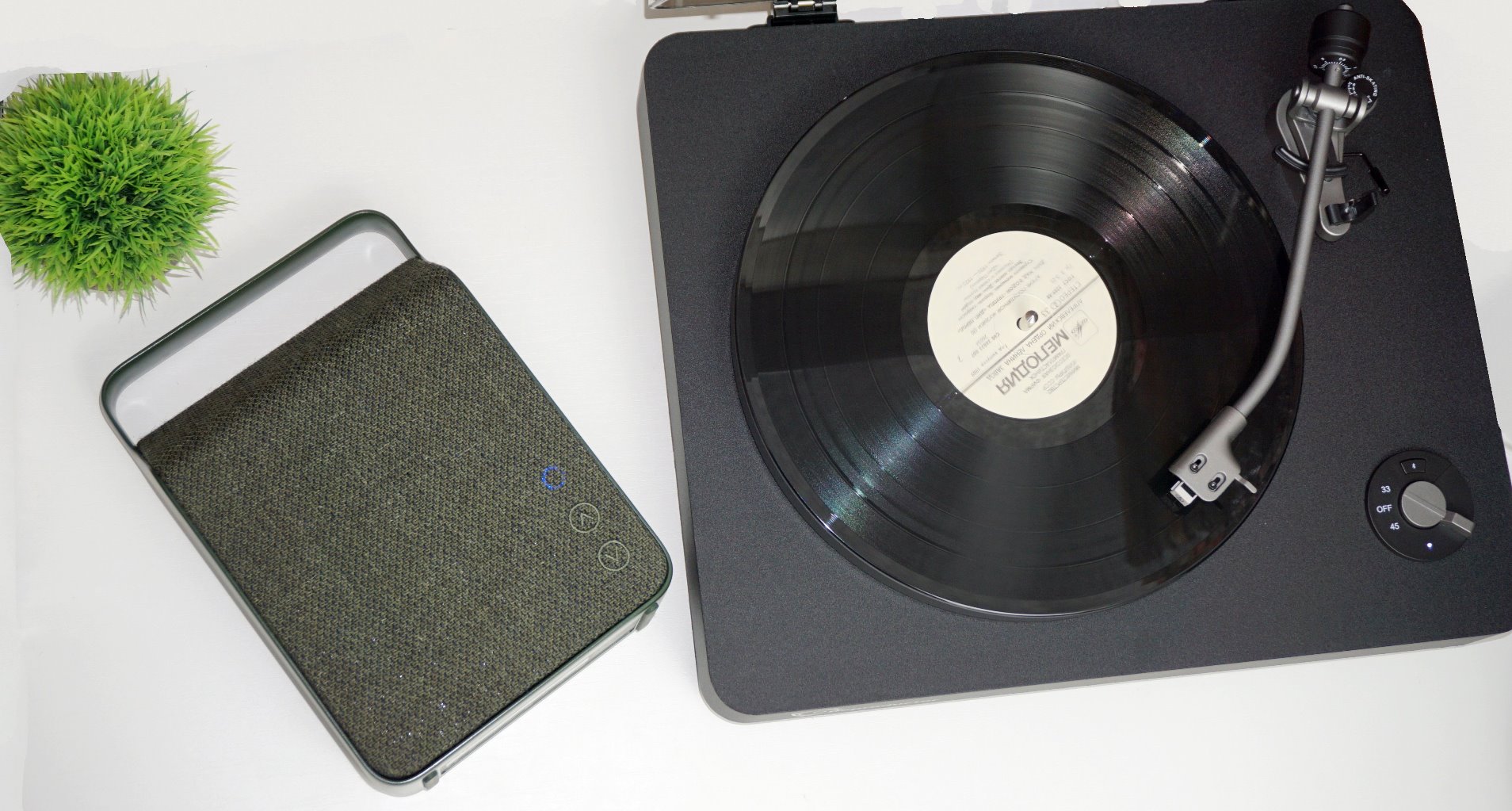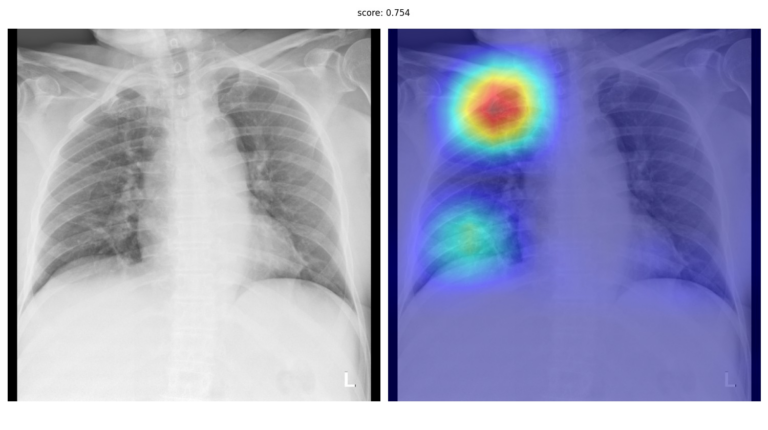Review of the portable Bluetooth speaker Vifa Oslo
I was looking for a decent Bluetooth speaker to connect to my turntable. And I found such a column. This is the Vifa Oslo, a 40W portable speaker in a metal chassis with a handle and four speakers inside.
Main characteristics:
- Brand: Vifa
- Model: Oslo
- Type: wireless Bluetooth speaker
- Connectivity: wireless Bluetooth 5.0, wired (AUX), MicroUSB (service), USB-C, NFC
- Power: 40 W
- Protection: IPX4
- Power: USB-C, 2600 mAh battery (37 Wh)
- Operating time: up to 9 hours (~50% volume)
- Features: Networking of multiple speakers
- Dimensions: 27 x 18 x 9 cm
- Weight: about 2.4 kg.
First, I’ll tell you about the column itself. The Vifa Oslo model is practically the most powerful in the Vifa line of portable speakers. Only the largest Vifa Copenhagen 2.0 with a power of 150 W is more powerful. To recharge such speakers, the manufacturer includes a separate AC adapter in the package. Also included was a set of stylish postcards, a soft case-bag for carrying and storing the speaker, as well as an AUX cable for connecting external audio sources.

The appearance of the Vifa Oslo speaker is quite unusual. This is a monolithic “brick” made of metal with a front panel trimmed with fabric upholstery. The size of the speaker, if you count it together with the handle, is approximately 17 by 18 cm with a thickness of 9 cm. But the weight of the speaker is decent – more than 2 kg.

The rear panel allows you to connect an external sound source via the AUX input (standard 3.5 mm jack, cable included), as well as recharge the speaker (round DC connector). There is a service connector, apparently for updating the speaker's firmware, as well as a battery charge indicator. To the left of the panel is the power button. The same button switches the speaker to Bluetooth pairing mode.

The front panel is covered with Kvadrat acoustic fabric. In the corner there is an additional panel with buttons (adjusting the sound level, controlling playback). There is also an LED operation indicator that allows you to display the status of the column modes in different colors.

The speaker body makes a monumental impression – it is a single part with a handle made using injection molding technology (aluminum alloy). Provides rigidity and, at the same time, protection from impacts/falls/scratches. The manufacturer has provided silicone pads on the bottom of the case to prevent the speaker from sliding off the surface.

Detailed photographs of the internal layout can be found in official FCC reports. I would like to draw your attention to some details. The inner housing has a complex shape, not only due to the way the four speakers are mounted, but also due to the use of two passive radiators at once, which are located on the sides of the inner housing. In the very center there are two speakers, fixed “back to back”, that is, with magnets to each other. These are balanced 65mm woofers with neodymium magnets. Just above are two separate 50mm speakers with an aluminum cone.

The control board is quite rich in components: there is an ARM controller, a signal processor (DSP) for audio processing and reduction of nonlinear distortions, a Bluetooth chip, as well as two two-channel power amplifiers. The total output power is up to 40 W.

The detailed connection process is provided in the user manual. In short, we turn on the speaker with the rear button, wait for it to load, then press the same button again, putting the speaker into pairing mode. A blue indication appears on the front panel, and in the list of devices on your smartphone or tablet you can see the “VIFA” column. We confirm the pairing and you can listen. Please note that the APT-X codec is automatically applied, which allows you to listen to the audio stream in good quality.

I assessed the sound pressure level at a distance of 1 meter from the speaker. The sound level meter showed 92 decibels, which is very loud. I myself rarely listen at maximum volume, but even at 80% of the volume level the sound level meter shows 82 dB.

Using the BEHRINGER ECM8000 measuring microphone, we were able to measure the frequency response of the speaker. It turned out quite interesting: on a flat characteristic one can distinguish areas resulting from the operation of individual speakers, or rather the area of the woofer, the area of the wideband speaker, and the area of operation of passive radiators, which are also tuned to certain frequencies. The speaker starts sounding at about 50-60 Hz and plays more or less smoothly until it drops off at 18 kHz. For such a compact case, this characteristic is very worthy.

Now about the application. I got a fairly decent turntable, which does not come with standard speakers, but has the ability to connect via Bluetooth. The pickup is from Audio-Technica, there is also a built-in phono stage. The Vifa Oslo speaker connected to the player without any problems and allows you to listen to vinyl with clear and rich sound.

To be honest, I appreciated the sound of the Vifa speaker: I tried both rock performers and classical compositions, not only from a vinyl player, but also from a smartphone. The sound was clear, with the smallest details, and spacious; I didn’t even imagine that 4 speakers with good sound and high power could be placed in such a compact body. And the speaker plays smoothly and pleasantly.






